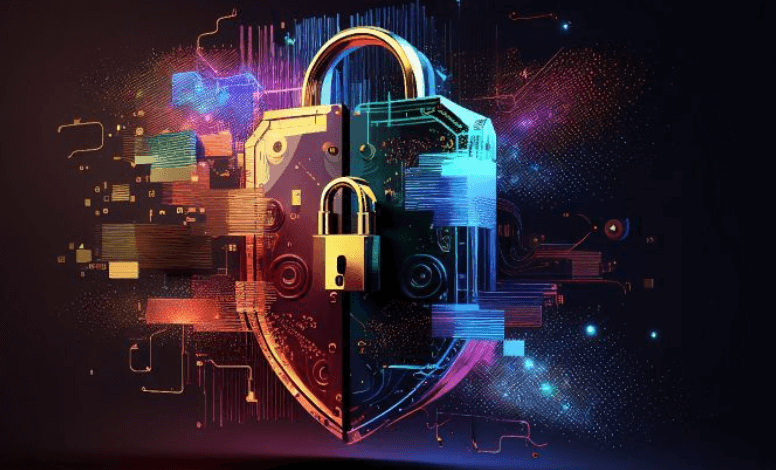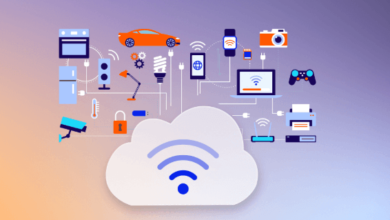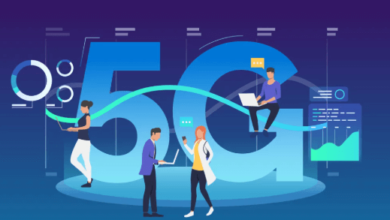Cybersecurity Trends: Staying Ahead of Evolving Digital Threats

1. Introduction
In today’s interconnected world, cybersecurity is no longer optional—it’s a necessity. As technology evolves, so do the methods and sophistication of cybercriminals. From ransomware to AI-powered threats, the digital landscape is fraught with challenges. Staying ahead of these evolving digital threats requires constant vigilance, innovation, and education.
2. Understanding Cybersecurity
Cybersecurity involves protecting systems, networks, and data from malicious attacks. Its foundation rests on three core principles:
- Confidentiality: Ensuring sensitive information is accessible only to authorized individuals.
- Integrity: Maintaining the accuracy and trustworthiness of data.
- Availability: Ensuring that information and systems are accessible when needed.
Effective cybersecurity strategies rely on a blend of technological tools, policies, and user awareness.
3. The Evolving Threat Landscape
The digital world is under siege from a wide array of cyber threats. Recent years have seen a surge in attacks, ranging from data breaches to sophisticated nation-state cyber operations. High-profile incidents, like the SolarWinds hack and ransomware attacks on healthcare systems, highlight the growing complexity and impact of these threats.
Key Emerging Threats:
- Fileless malware.
- Supply chain attacks.
- Deepfake technology used for fraud.
4. Ransomware and Its Evolution
Ransomware attacks have reached unprecedented levels, with cybercriminals developing ransomware-as-a-service (RaaS) platforms to monetize their activities.
Mitigation Strategies:
- Regularly back up critical data.
- Implement robust endpoint detection and response (EDR) solutions.
- Conduct employee training to recognize phishing attempts.
5. Artificial Intelligence in Cybersecurity
Artificial Intelligence (AI) has become a double-edged sword in cybersecurity. While it enhances threat detection, it also empowers attackers to automate and scale their operations.
Benefits of AI in Cybersecurity:
- Real-time threat identification.
- Predictive analytics for anticipating potential breaches.
- Automated response to mitigate ongoing attacks.
However, the rise of AI-driven threats like adversarial AI and AI-enabled phishing demands a proactive defense strategy.
6. Internet of Things (IoT) Vulnerabilities
IoT devices, from smart thermostats to connected medical equipment, are revolutionizing industries. However, their proliferation has created new vulnerabilities.
Risks:
- Weak passwords and poor default security configurations.
- Lack of regular software updates.
Securing IoT Ecosystems:
- Use network segmentation to isolate IoT devices.
- Implement robust encryption protocols.
7. Cloud Security Trends
With the rapid adoption of cloud computing, businesses face unique security challenges.
Challenges:
- Misconfigured cloud storage leading to data leaks.
- Insider threats and unauthorized access.
Best Practices:
- Employ multi-factor authentication (MFA).
- Use Cloud Access Security Brokers (CASBs) for monitoring and control.
8. The Rise of Zero Trust Security
The zero trust model, which assumes no entity is inherently trustworthy, is gaining traction.
Core Principles:
- Always verify: Continuous authentication and monitoring.
- Least privilege: Restrict access to essential functions and data.
Implementing zero trust requires a cultural and technological shift but pays dividends in enhanced security.
9. Cybersecurity Regulations and Compliance
Governments worldwide are introducing stringent cybersecurity laws to combat rising threats. Regulations like GDPR (Europe) and CCPA (California) underscore the importance of protecting user data.
Compliance Tips:
- Regularly update security policies to align with laws.
- Conduct third-party audits to identify vulnerabilities.
10. Phishing and Social Engineering
Phishing remains one of the most effective tools for cybercriminals. Modern tactics include spear-phishing, where attackers target individuals with highly personalized messages.
Countermeasures:
- Educate employees on recognizing phishing emails.
- Use email filtering systems to block suspicious messages.
11. Endpoint Security Challenges
The shift to remote work has made endpoint security a critical concern. Laptops, mobile devices, and other endpoints are prime targets for attackers.
Solutions:
- Deploy mobile device management (MDM) systems.
- Use endpoint protection platforms (EPPs) to monitor and secure devices.
12. Cybersecurity for Small Businesses
Small businesses often lack the resources for advanced cybersecurity, making them attractive targets.
Cost-Effective Solutions:
- Use managed security service providers (MSSPs).
- Implement open-source security tools.
13. Cybersecurity Workforce Trends
As cyber threats grow, so does the demand for skilled professionals.
Key Certifications:
- Certified Information Systems Security Professional (CISSP).
- Certified Ethical Hacker (CEH).
Upskilling in areas like AI, cloud security, and threat intelligence is essential for staying competitive.
14. The Role of Blockchain in Security
Blockchain technology, known for its decentralized nature, offers promising applications in cybersecurity.
Applications:
- Securing transactions and preventing fraud.
- Creating immutable audit trails for compliance.
Blockchain adoption is still in its infancy, but its potential is enormous.
15. Preparing for the Future of Cybersecurity
Cybersecurity is a constantly evolving field. Predicting and preparing for future threats requires an adaptive mindset.
Predicted Trends:
- Growth in AI-powered security tools.
- Increased collaboration between governments and private sectors.
Building a resilient cybersecurity framework involves regular updates, continuous monitoring, and fostering a culture of security awareness.
16. Frequently Asked Questions (FAQs)
1. What are the biggest cybersecurity threats today?
Ransomware, phishing, and IoT vulnerabilities are among the top threats.
2. How can businesses protect themselves from cyberattacks?
Implement multi-layered defenses, conduct regular training, and use advanced threat detection systems.
3. Is zero trust security practical for small businesses?
Yes, even small businesses can adopt zero trust principles by limiting access and verifying all users.
4. How does AI impact cybersecurity?
AI improves threat detection but also enables attackers to launch more sophisticated attacks.
5. What industries are most targeted by cybercriminals?
Healthcare, finance, and retail are frequently targeted due to the value of their data.
6. Why is blockchain considered secure?
Its decentralized and immutable nature makes it resistant to tampering and fraud.
17. Conclusion
As digital threats continue to evolve, staying ahead requires a proactive approach. By adopting cutting-edge technologies, fostering a culture of awareness, and staying informed about emerging trends, individuals and organizations can safeguard their digital assets and ensure resilience in an increasingly connected world.



